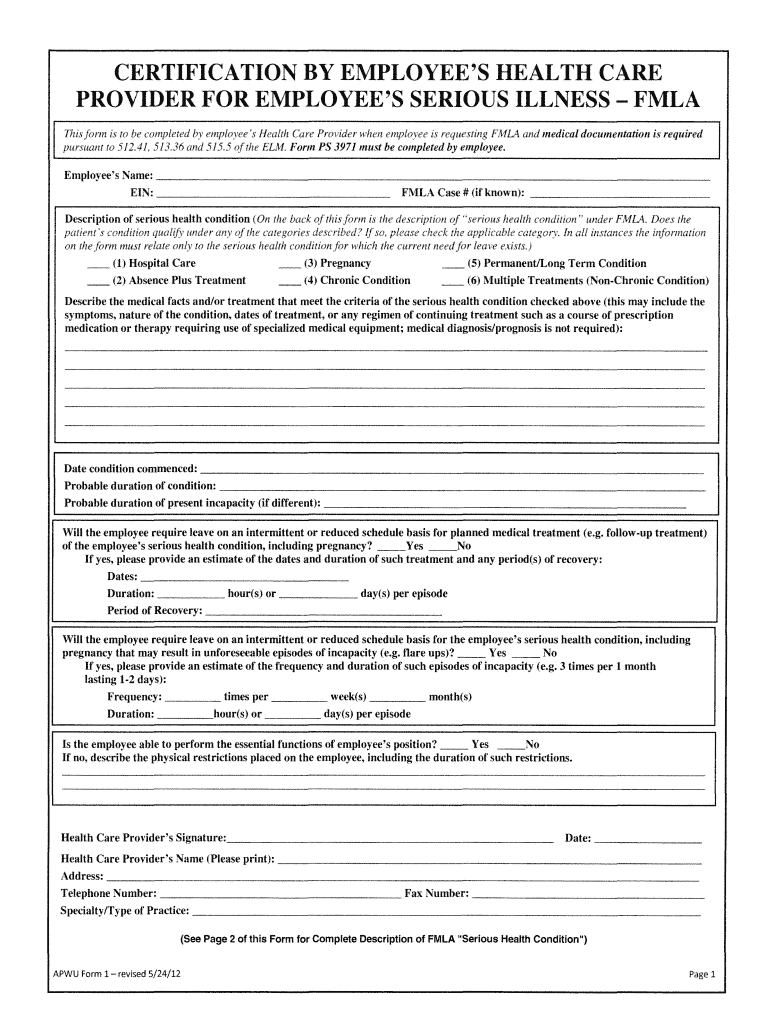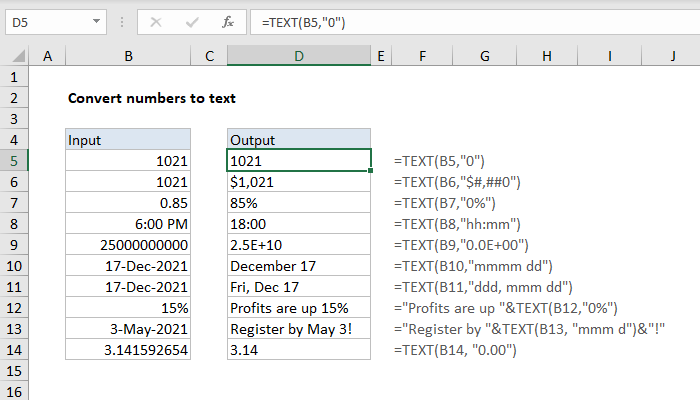Excel Tips: Sorting Sheet Music Made Easy
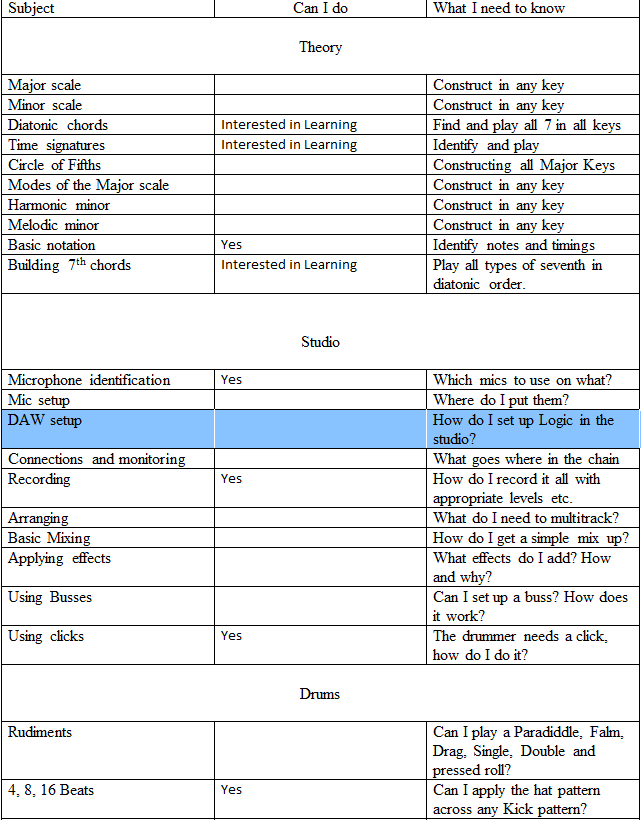
Sorting through vast amounts of sheet music can become a tedious task, especially when you are dealing with complex collections for orchestras, choirs, or your personal library. Whether you are a music teacher, a professional musician, or an enthusiastic hobbyist, knowing how to efficiently sort your sheet music using Microsoft Excel can significantly boost your productivity. Here’s an extensive guide on how to do just that, offering step-by-step procedures, tips, and tricks tailored for music lovers.
Why Use Excel for Sorting Sheet Music?
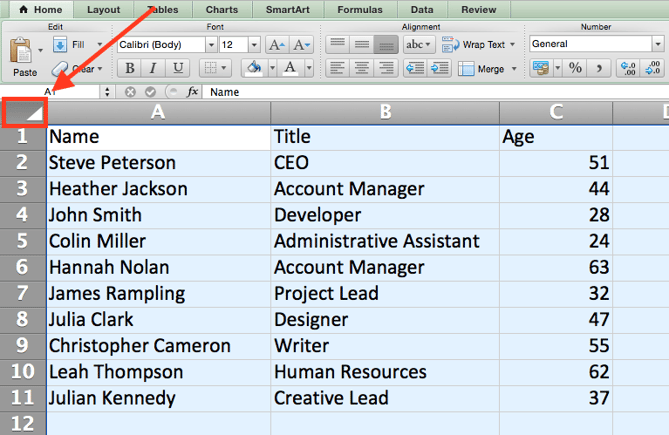
- Organization: Excel allows for structured data entry, which means you can categorize and filter your music with ease.
- Accessibility: Sorting and finding specific pieces becomes a breeze, enhancing the speed of your workflow.
- Customization: You can tailor your sorting system to fit your needs, making it highly personalized.
Preparing Your Spreadsheet
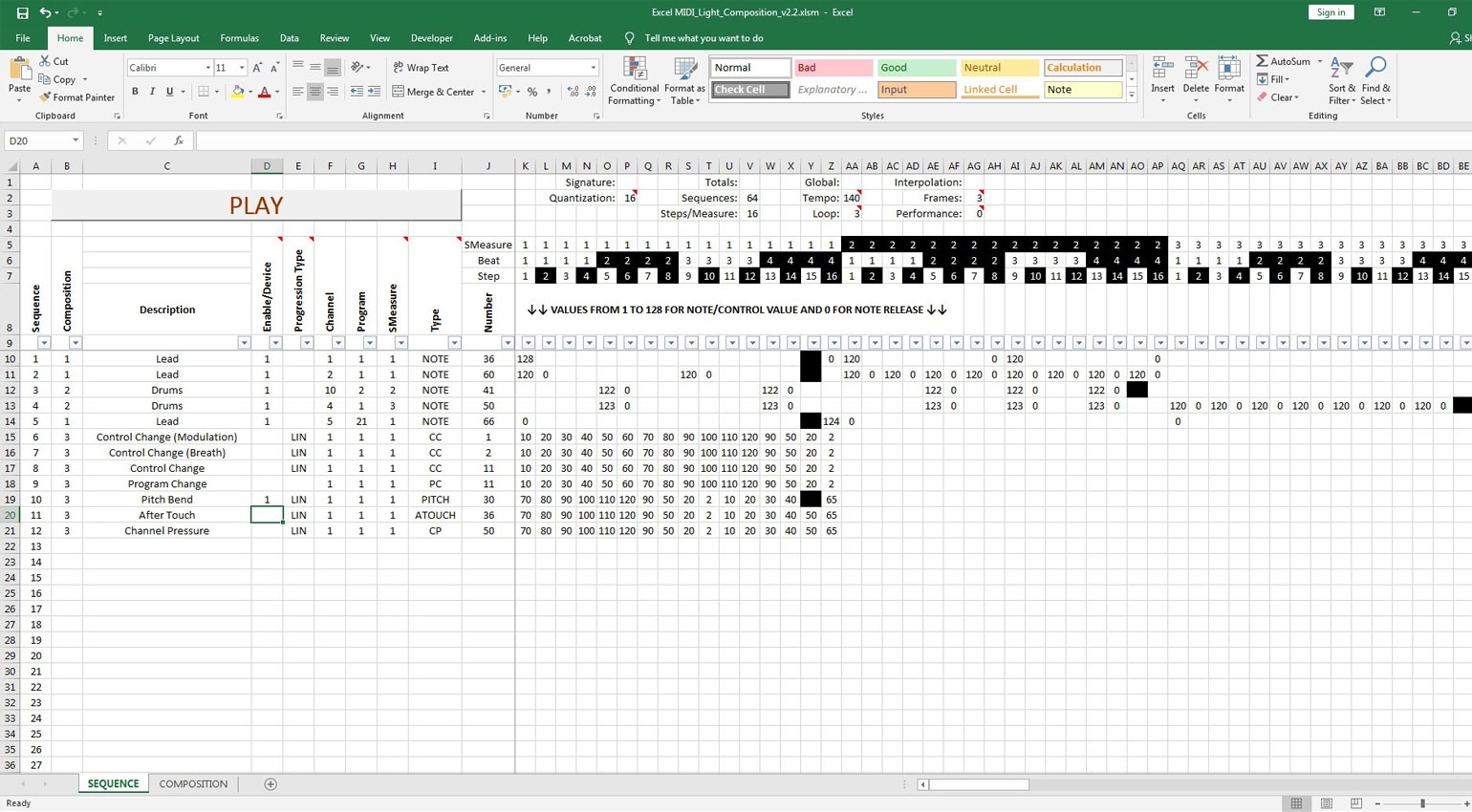
Start by opening Microsoft Excel and creating a new workbook.
- Label your columns appropriately. Common headers might include:
- Title - Name of the composition
- Composer - Creator of the piece
- Difficulty - The level of proficiency required to play the piece
- Instrumentation - What instruments are used or required for the piece
- Key Signature - The key in which the piece is written
- Duration - How long the piece takes to perform
- Tags/Categories - Extra tags to further categorize your music
💡 Note: When you enter multiple composers for a single piece, use commas to separate them for easy filtering.
Entering Data
Begin populating your spreadsheet with data:
- Copy or type in all the information for each piece of sheet music you own.
- Ensure consistency in how you enter data. For example, always write “Beethoven” or “L. Beethoven” but not “Ludwig van Beethoven” for one entry and “Beethoven” for another.
- Use drop-down lists for columns like “Difficulty” or “Instrumentation” to ensure data uniformity:
- Go to Data > Data Validation
- Choose “List” and enter your options (e.g., Beginner, Intermediate, Advanced).
Sorting Your Music
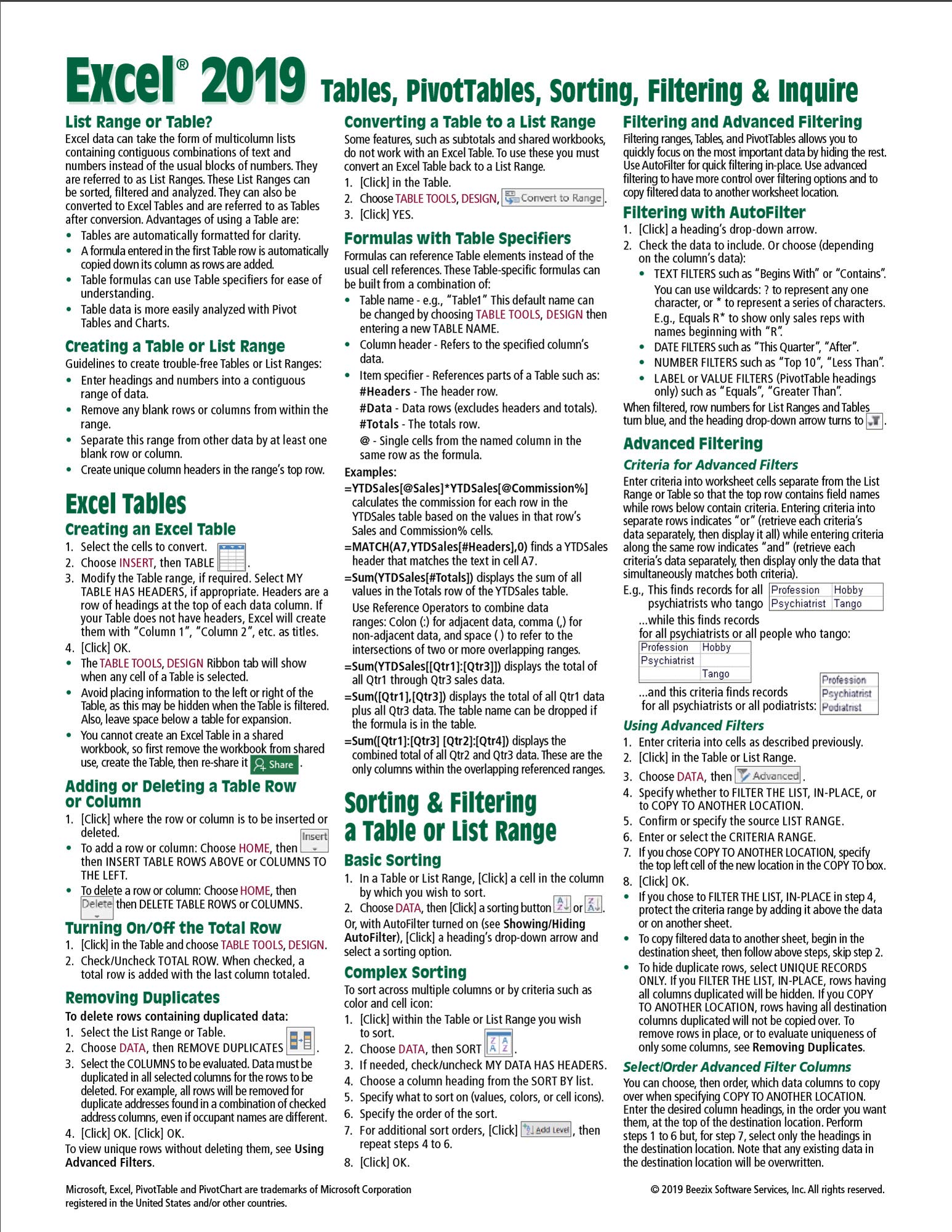
Here are the different ways you can sort your sheet music:
- Basic Sorting:
- Select the column you wish to sort by.
- Go to the ‘Sort & Filter’ group on the ‘Home’ tab.
- Choose ‘Sort A to Z’ or ‘Sort Z to A.’
- Custom Sorting:
- Go to ‘Data’ > ‘Sort.’
- You can sort by multiple columns. For example, sort first by Composer and then by Title:
- Filtering for Specific Music:
- Click the ‘Filter’ button under ‘Sort & Filter.’ This adds drop-down arrows to each column.
- Use these filters to view only the pieces meeting your criteria.
| Column | Sort On | Order |
|---|---|---|
| Composer | Cell Values | A to Z |
| Title | Cell Values | A to Z |
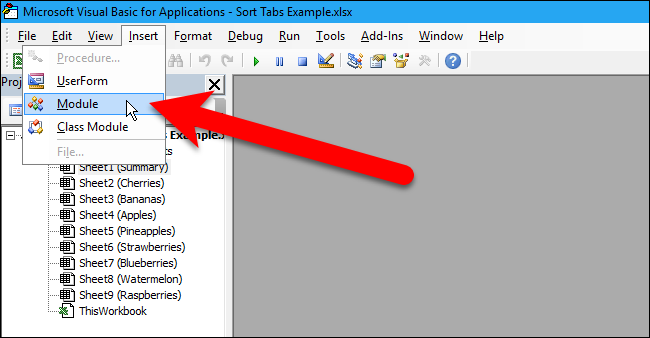
Tips for Advanced Sorting
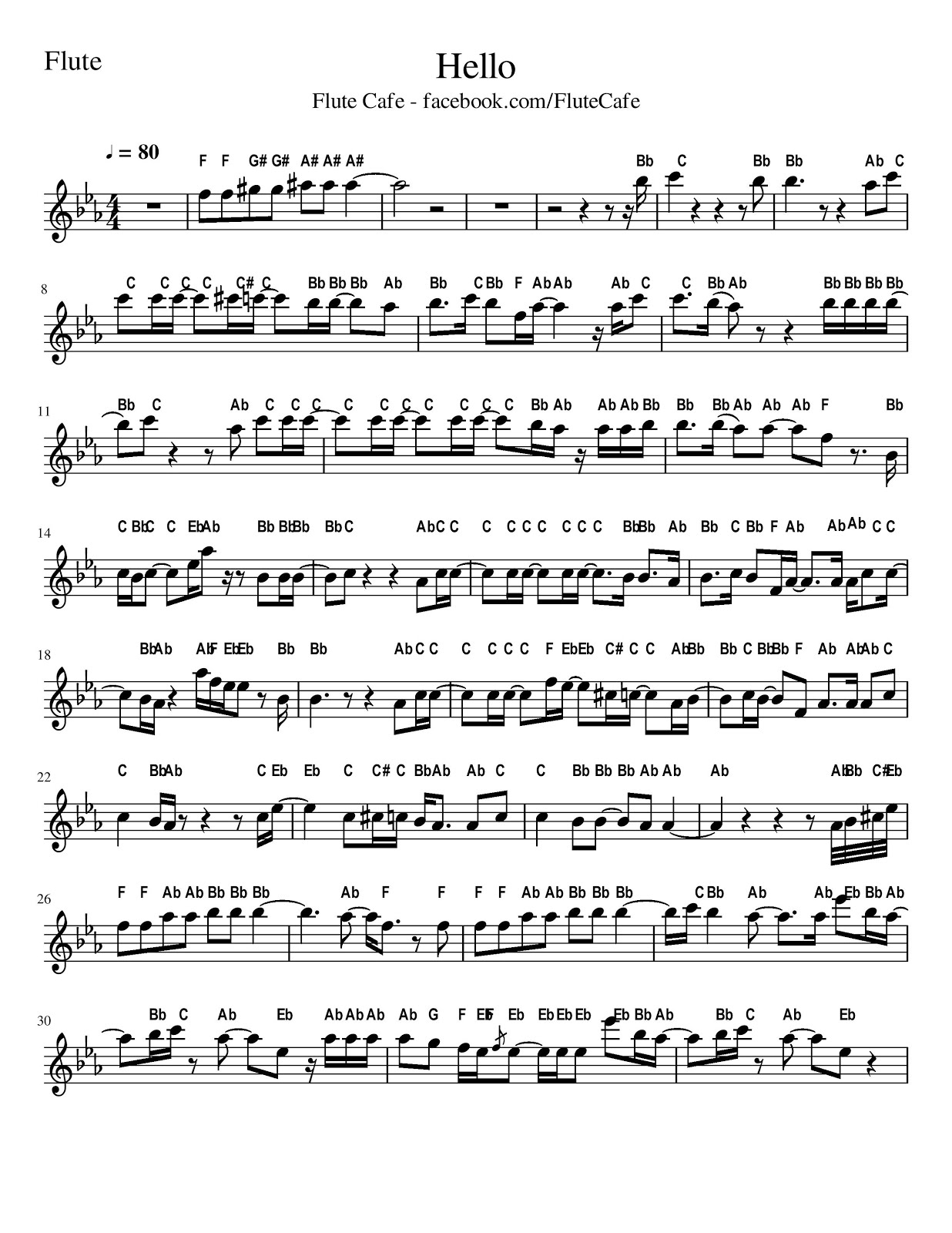
- Conditional Formatting: Apply conditional formatting to visually highlight different categories or levels of difficulty:
- Select the column you want to highlight.
- Go to ‘Home’ > ‘Conditional Formatting.’
- Choose ‘New Rule’ and define your criteria (e.g., change the background color of all pieces by Beethoven).
- Hyperlinks to Digital Files: If your sheet music is stored digitally, you can:
- Right-click on a cell and choose ‘Hyperlink.’
- Browse to your file or enter the URL where the file is stored.
- Macros: Automate repetitive tasks:
- Record a macro to sort, filter, or apply formatting automatically.
- Go to ‘Developer’ tab > ‘Record Macro’ and perform the steps you want automated.
📌 Note: Remember to save your Excel file regularly to avoid losing your data.
Benefits of a Sorted Music Library
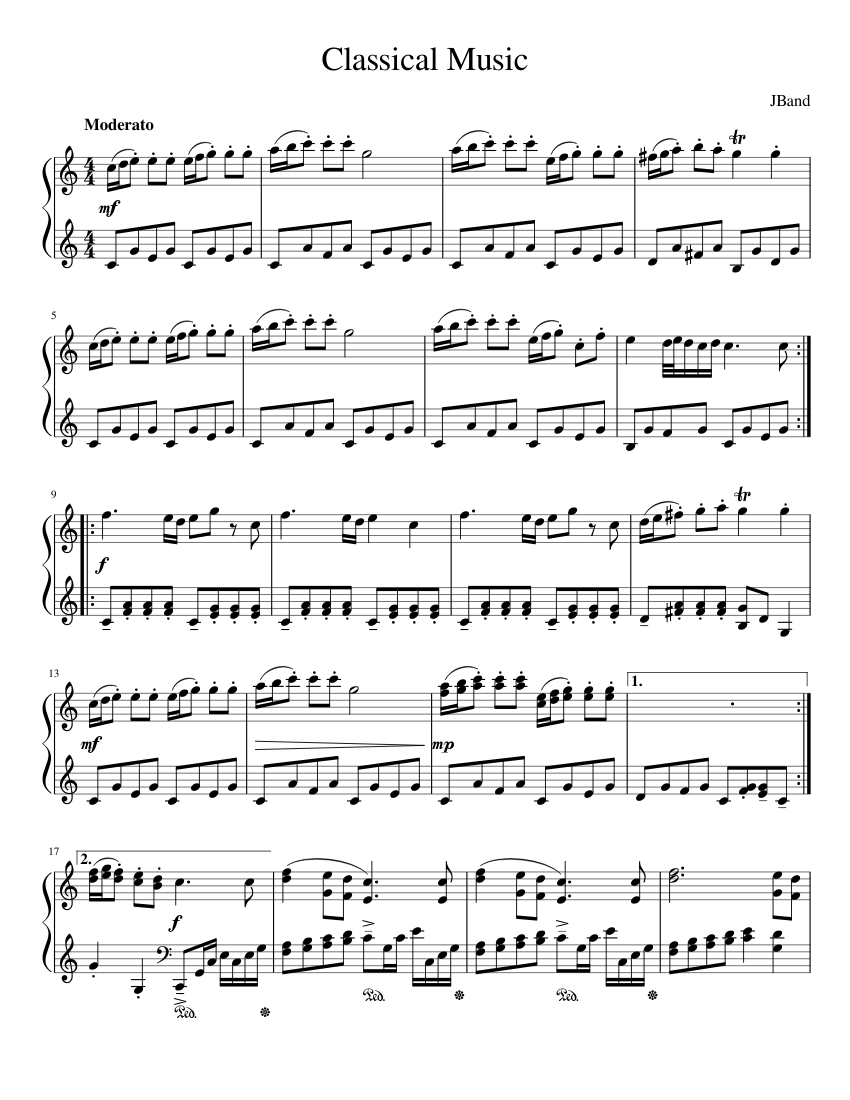
Having a well-organized music library in Excel can:
- Reduce the time you spend searching for specific pieces.
- Help in preparing for concerts, recitals, or lessons.
- Assist in planning setlists or teaching curriculums.
- Facilitate collaborative work with other musicians or music professionals.
By now, you should be well-versed in setting up, managing, and benefiting from a sorted sheet music library in Excel. Whether you're organizing for personal use, professional performances, or teaching, Excel's flexibility allows you to tailor your music organization system precisely to your needs. This not only saves time but also brings structure to an often chaotic collection of sheet music, enhancing your musical journey with ease and efficiency.
How do I add sheet music files to my Excel spreadsheet?

+
You can add hyperlinks to your digital sheet music files within your Excel spreadsheet by:
- Right-clicking on a cell, selecting ‘Hyperlink,’ and browsing to your file.
- If your sheet music is online, simply enter the URL.
Can I sort music by multiple criteria at once?
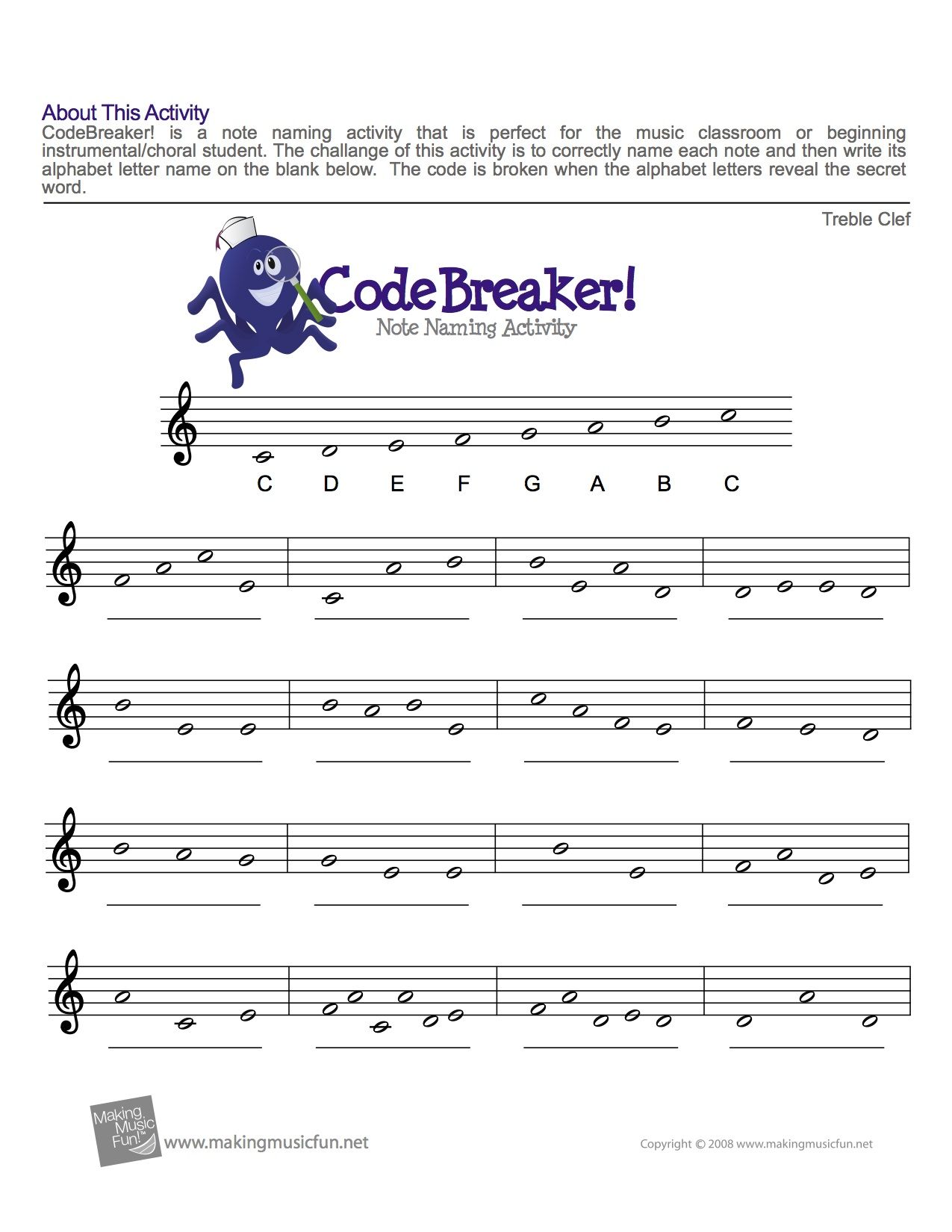
+
Yes, you can! Excel’s sorting feature allows you to sort by multiple columns sequentially. Here’s how:
- Select your data.
- Go to ‘Data’ > ‘Sort.’
- Add levels for each criterion you want to sort by.
What if I have music from multiple composers for one piece?
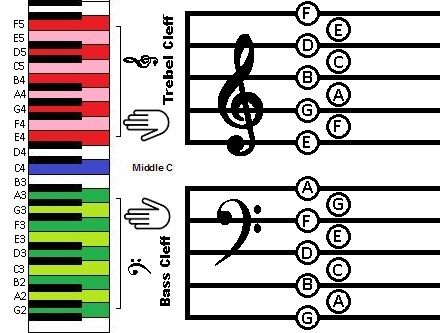
+
Use commas to separate multiple composers in the ‘Composer’ column. This allows for easy filtering by any one composer.


